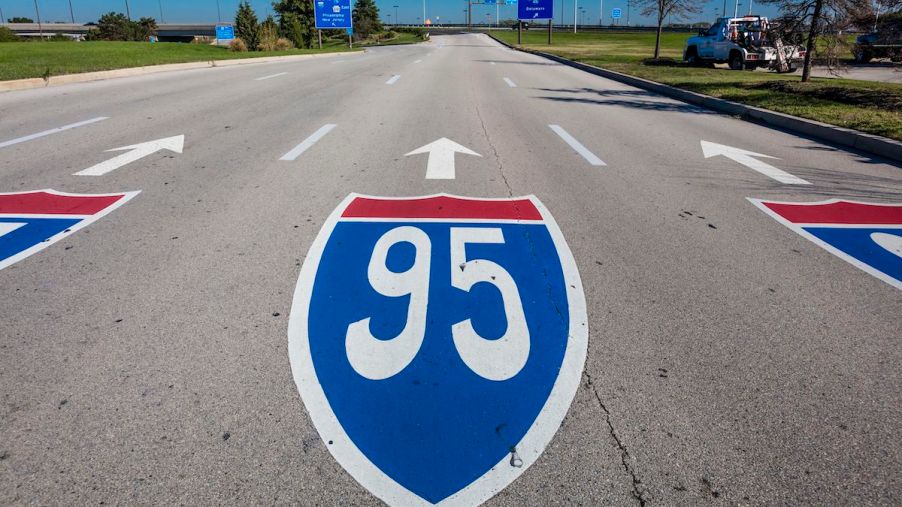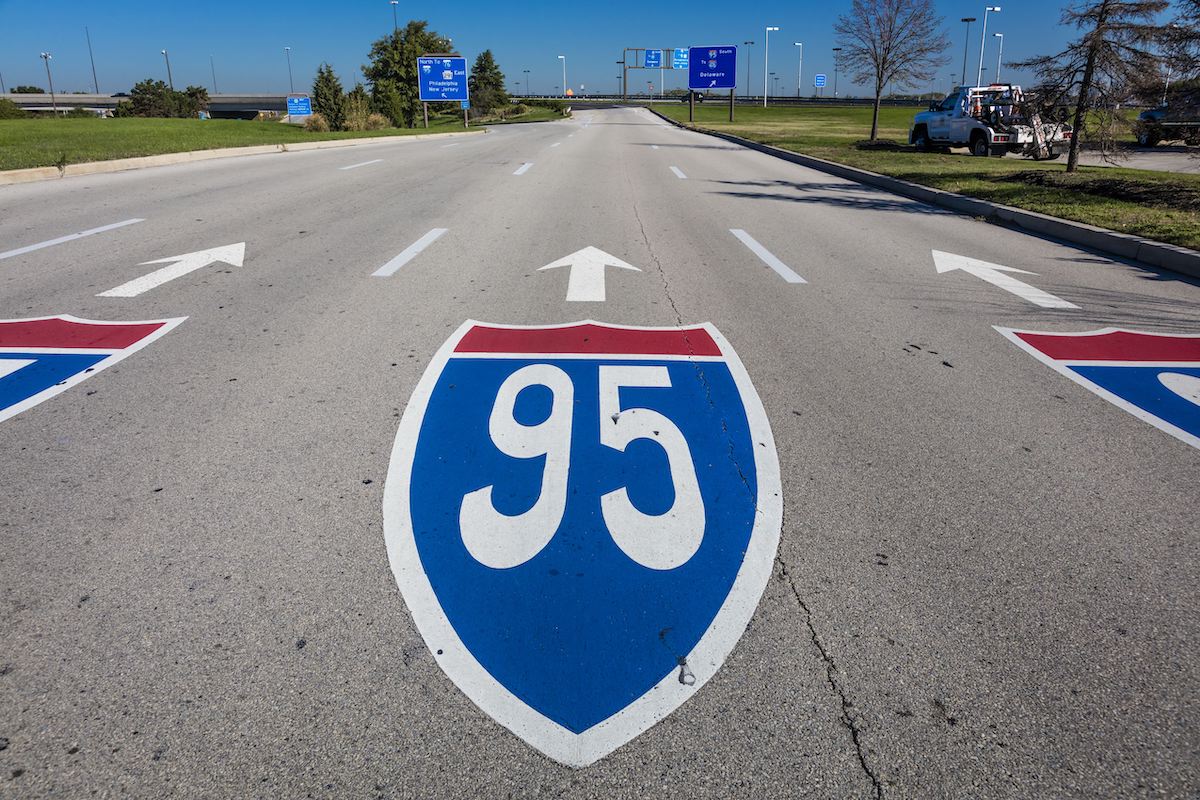
The Secret Behind the Numbers on Those Interstate Signs You Pass Every Day
Have you ever driven on the Dwight D. Eisenhower National System of Interstate and Defense Highways? You might not have known its official name, but you’ll probably recognize some of the route designations. I-10, I-29, I-80, I-95, and others make up the massive interstate system crisscrossing the nation. The system’s creators designed it with national defense in mind, but today, improved efficiency and increased car safety are its primary purposes.
Interestingly, the longest road in the United States isn’t part of the immense interstate system. U.S. 20 runs for 3,365 miles across 12 states, from Boston, Massachusetts, to Newport, Oregon. Its origins predate interstate highways by about three decades.
Learn more about the U.S. interstate system, including the meaning behind the numbers on interstate signs.
The U.S. interstate system was President Eisenhower’s idea

Dwight D. Eisenhower served in Europe during World War II as the Supreme Commander of Allied Forces. He noticed the advantage Germany’s Autobahn network offered in fast, efficient transportation of troops and supplies.
When he became president, he wanted the same type of expansive system of roadways to aid in America’s national defense. In the new age of potential atomic attacks, he also believed the interstate system would help quickly evacuate cities in case the Cold War escalated.
Congress approved the interstate system through the Federal-Aid Highway Act of 1956. The act authorized approximately 41,000 miles of roadway construction to stretch across the nation from north to south and east to west.
What do the numbers on interstate signs mean?
If you know the secret to the code, you’ll better understand the interstate system. The “I” stands for “interstate,” of course, and the numbers indicate the road’s direction. Even-numbered highways travel from coast to coast, while odd numbers move north-south.
East-west highway numbers begin with I-10 in the south and end with I-90 in the north. When traveling from north to south, the numbers start on the West Coast with I-5 and finish on the East Coast with I-95. You might have noticed they are all one or two-digit numbers, while some of the highway signs you see have three digits.
Those three-digit numbers indicate you’re in a metropolitan area. The last two digits match the auxiliary highway’s parent. Auxiliary highways often bypass crowded urban areas by circling the city. You’ll notice many more exits and entrances on these short sections of interstates.
The first digit in these three-digit numbers indicates what to expect on these metropolitan highways. Spurs that branch off from the main highway and don’t rejoin it generally receive an odd first digit. An even number at the beginning usually designates a loop that reconnects with its parent interstate.
As with most rules, there are exceptions to the interstate numbering code. However, most highways adhere to this numbering system, and you should be able to navigate them better once you’ve cracked the code.
Eisenhower’s highway system took over 30 years to complete
According to HowStuffWorks, construction began in 1956 with I-70 in Missouri. It was completed in 1992 when crews finally conquered a hair-raising stretch of Glenwood Canyon in Colorado. That single 12-mile section along the roaring Colorado River required 40 bridges, tunnels, and viaducts to navigate the steep and narrow canyon.
Almost from the get-go, Americans began enjoying the interstate system’s convenience and improved safety. And the ever-increasing number of cars using it is a testament to the essential role it plays in America today.
Now that you know more about the nation’s historic interstate system, get out there and enjoy it. That way, short jaunts won’t kill your car.


